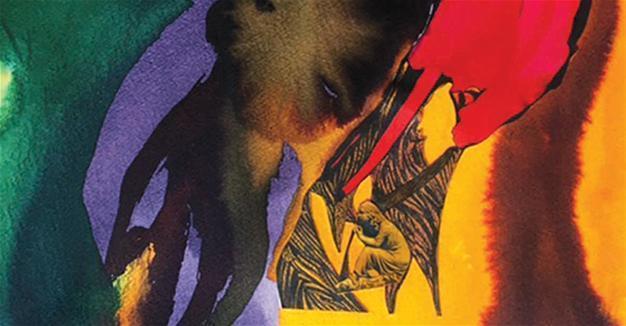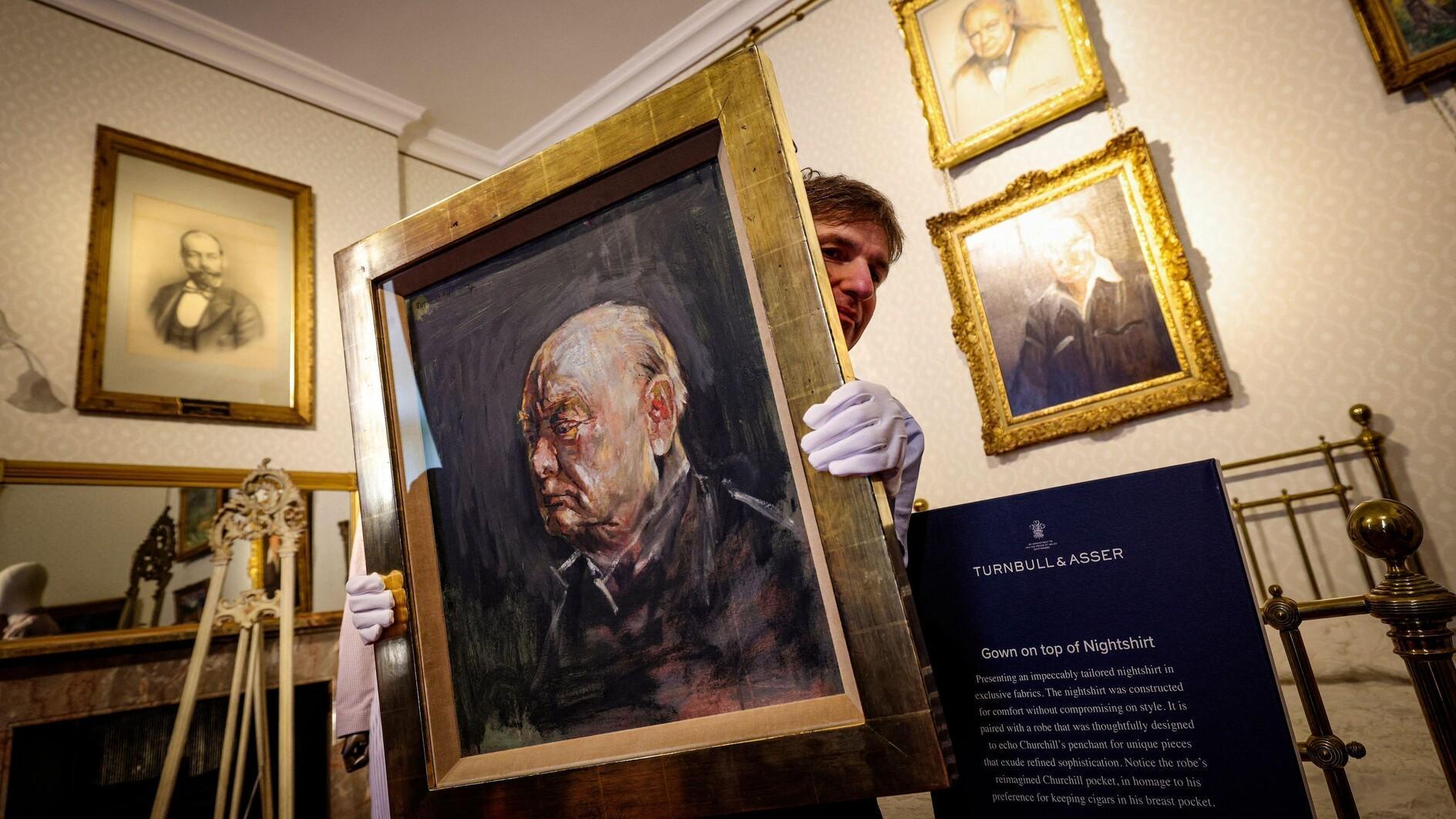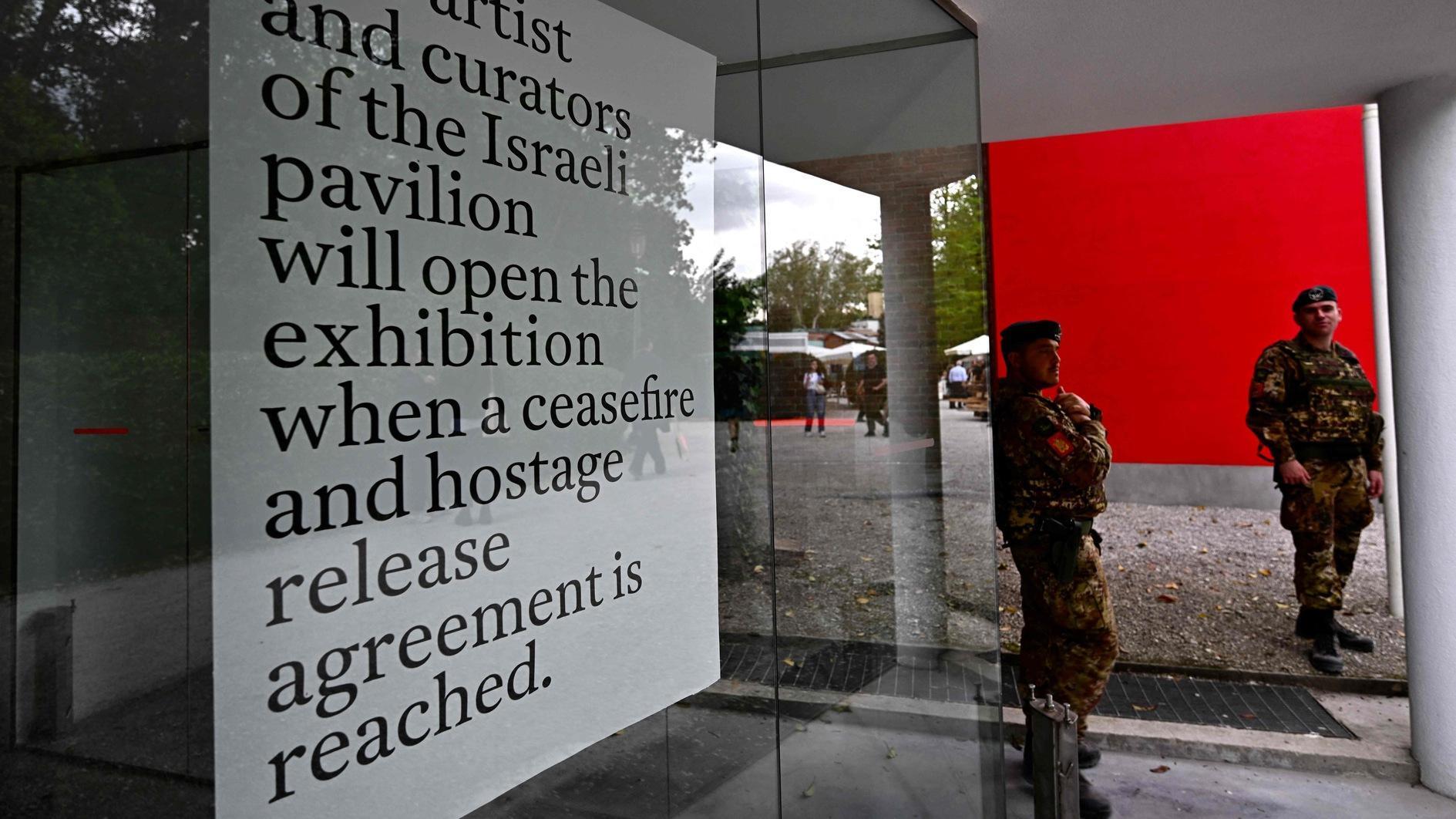Paintings that reflect stories of the human soul
Hatice Utkan Özden
 It is fair to describe Cem Mumcu as the writer of the human soul. His words and sentences in his essays depict the feelings, the ups and downs and sometimes disappointments that people face every day. Now, thanks to his artworks, which he has been creating for the past 15 years, his readers will discover more about him. The reason why he paints and creates such paintings, shares the same answer to the reason he writes.
It is fair to describe Cem Mumcu as the writer of the human soul. His words and sentences in his essays depict the feelings, the ups and downs and sometimes disappointments that people face every day. Now, thanks to his artworks, which he has been creating for the past 15 years, his readers will discover more about him. The reason why he paints and creates such paintings, shares the same answer to the reason he writes. As an artist, he never lives with a plan. “I write and paint the way my life goes on and the way it flows. I have never written something with the plan of becoming a writer or publish my stories in a book, the same goes for my paintings. I have never painted with the aim of having an exhibition in the end,” he said. Just like his writings, his paintings also tell the stories of human beings.
According to him, all the things that he creates are the issues that need to come out of him. “I paint whatever comes from my soul. I never plan what I want to draw,” he said, adding that his materials also reflect his way of creating things.
“I use materials the way I want. Sometimes it is coffee, sometimes wine, sometimes water and ink,” he said.
In his works, Mumcu focuses on how a person is depicted. While he tries to describe the way people see and perceive each other, he tells us how a person gets classified in society. In his works, he tells us the story of people perceiving other people. According to him, one sees the other from one’s own limits and from one’s own point of view.
The title of the exhibition is also an equivoque. Mumcu uses the Turkish word for “box” which in also shares the same word as the root of “think.” Mumcu uses both these words as a noun and a verb. The title of the exhibition is: “I am not what you think, I am none of the things that you think, I am not a box.” While he opens a new dimension of thought in terms of how we perceive each other, he tries to make us see how we see other people from our own perception. Since the perception of each person is different, it is inevitable that we get each other wrong. “However, this does not change the uniqueness of each human being,” he said. While he tries to explain how people classify each other by their own perceptions, Mumcu aims to paint the deepest part of the soul and tries to show us to look at people and their souls.
Expressionist paintings
Just like his writings, Mumcu tells people’s stories from his point of view. In his paintings, we see an abstract interpretation of the human soul. While the viewer might see an abstract stain on the paper, we, sometimes, may see the figure of a person with a face and eyes. For Mumcu, viewers might find themselves or feel like they see themselves in these expressionist paintings. In this context, the viewer discovers two things, one is how he perceives himself and the other is how he perceives the other person.
Mumcu said he never thought of exhibiting his paintings. “However, some people that I trust have liked these paintings and offered me to have an exhibition. That’s why I have decided to exhibit them. I can also die without showing my artwork,” he said, while adding that he did not know if he would have another exhibition. This is the same approach he takes when he writes and publishes books. While some of his books get published every two to three years, his latest book titled “Karmakarışık Sarmaşık” was published eight years later. According to Mumcu, there are no rules for this. He lets go as he creates and writes.
According to the curator of the show, Özlem Ünsal, Mumcu’s works are very far from being mainstream.
“He uses different materials and he paints on different materials. This was so intriguing. He paints and keeps a journal for himself. He paints as he has no aim and is directed with whatever comes from his own soul. That’s why his paintings stay naïve and different from other artists,” she said.
The exhibition will continue till Jan. 16.
















